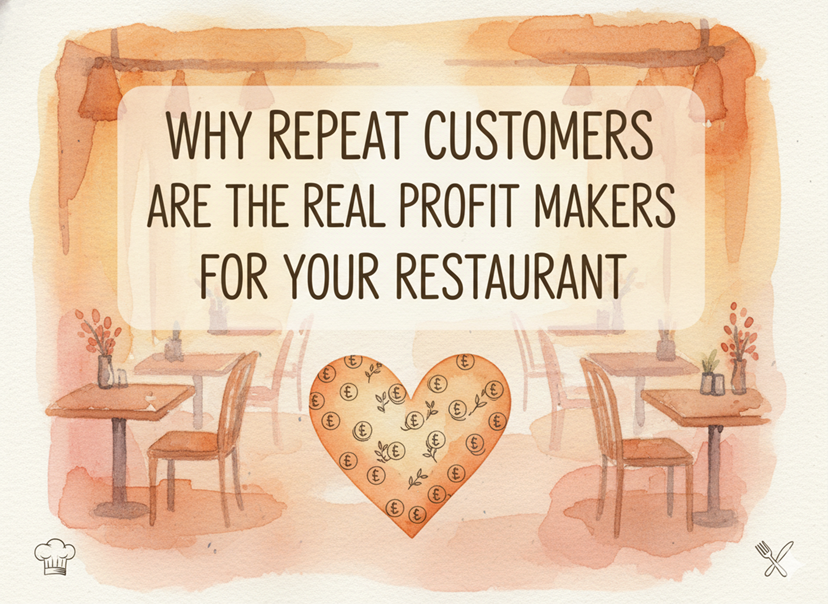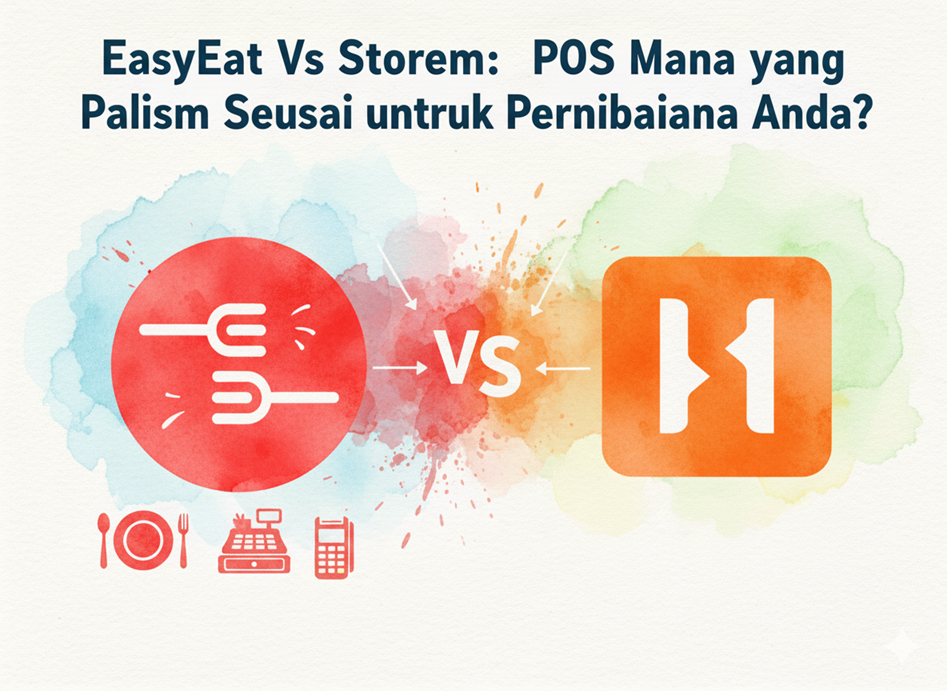In the bustling realm of restaurant management, the benefits of POS systems in restaurants are undeniable. These systems are pivotal in transforming service delivery, efficiency, and customer satisfaction. This article dives into the key advantages of a POS system in a restaurant, showcasing why it’s an essential tool for modern dining establishments.
1. Streamlining Service: The Efficiency Edge
A Point of Sale (POS) system significantly enhances restaurant efficiency. It streamlines order processing and secure payment handling, resulting in faster service. This efficiency not only accelerates table turnover but also improves the overall dining experience, as customers enjoy prompt service and minimal wait times. By optimizing operational flow, a POS system thus becomes a critical tool in elevating both customer satisfaction and restaurant performance.
2. Menu Management: Customization at its Best
A POS system offers unparalleled customization in menu management, crucial for adapting to changing trends and customer preferences. Its flexibility allows for rapid updates and modifications to the menu, ensuring that a restaurant remains relevant and competitive. This dynamic capability facilitates the introduction of new items, adjustment of prices, or removal of underperforming dishes with ease, thereby enabling a responsive approach to market shifts. Ultimately, a POS system empowers restaurants to swiftly align their offerings with current culinary trends and customer demands.
3. Online Ordering: Expanding Your Digital Footprint
Integrating online ordering with a POS system significantly expands a restaurant’s digital footprint, a vital advantage in the current digital-first landscape. This integration simplifies restaurant operations by syncing online and in-house orders, streamlining kitchen workflows. It opens up new revenue streams by reaching customers who prefer digital convenience, thereby widening the customer base. This feature ensures a seamless experience for both customers and staff, enhancing service quality and operational efficiency, and positions the restaurant to capitalize on the growing trend of online food ordering.
4. Inventory Control: Mastering the Back-End
POS systems revolutionize inventory management in restaurants, providing a standout benefit. They enable precise tracking of stock levels, ensuring real-time visibility of inventory. This accuracy prevents overstocking and understocking, thereby significantly reducing waste. Additionally, these systems offer data-driven insights, aiding in optimizing purchasing decisions. By analyzing consumption patterns and predicting future needs, restaurants can make informed choices about stock replenishment. This level of control over inventory not only streamlines back-end operations but also contributes to cost-efficiency and sustainability in the long term.
5. CRM: Building Customer Connections
A POS system equipped with Customer Relationship Management (CRM) capabilities transforms transactions into valuable opportunities for deepening customer engagement and loyalty. This integration is crucial for cultivating a robust repeat customer base. It allows for the collection and analysis of customer data, enabling personalized service and targeted marketing. Restaurants can track purchase history, preferences, and feedback, using this information to tailor experiences and offers. This proactive approach to customer relationship building not only enhances satisfaction but also fosters a loyal community, driving repeat business and long-term success.
6. Insights and Analytics: Your Guide to Growth
Leveraging the robust analytics of a POS system is pivotal for a restaurant’s growth. This technology provides deep insights into customer behavior and sales trends, enabling data-driven decision-making. By analyzing patterns in orders, peak times, and popular menu items, restaurants can optimize menu offerings and operational strategies. This informed approach helps in identifying areas for improvement and opportunities for growth. Such analytics not only guide strategic planning but also enhance the understanding of market dynamics, positioning the restaurant for sustained success and competitive advantage.
7. Seamless Integration: The Unified Solution
The seamless integration of a POS system with other business systems, like accounting and payroll, streamlines restaurant operations, presenting a significant yet often-overlooked benefit. This unified solution ensures that data flows smoothly between systems, reducing manual data entry and the associated risk of errors. It enhances operational efficiency by automating financial processes and simplifying staff management. This integration not only saves time but also ensures accuracy in critical business functions, leading to more reliable financial reporting and effective resource management, crucial for the smooth running of the restaurant.
POS systems in restaurants are fundamental to more than just handling transactions; they are pivotal for operational efficiency, insightful management, and fostering customer relationships. These systems integrate various aspects of restaurant operations, from order processing and inventory control to customer engagement and analytics. By adopting a POS system, restaurants don’t merely keep up with industry standards; they actively set new benchmarks for excellence. This technology enables smarter business decisions, streamlined operations, and a more personalized customer experience, all vital for staying competitive and thriving in the dynamic restaurant industry.
Step into the future of restaurant management. Explore the advantages of POS systems in restaurants tailored to your unique needs today.



